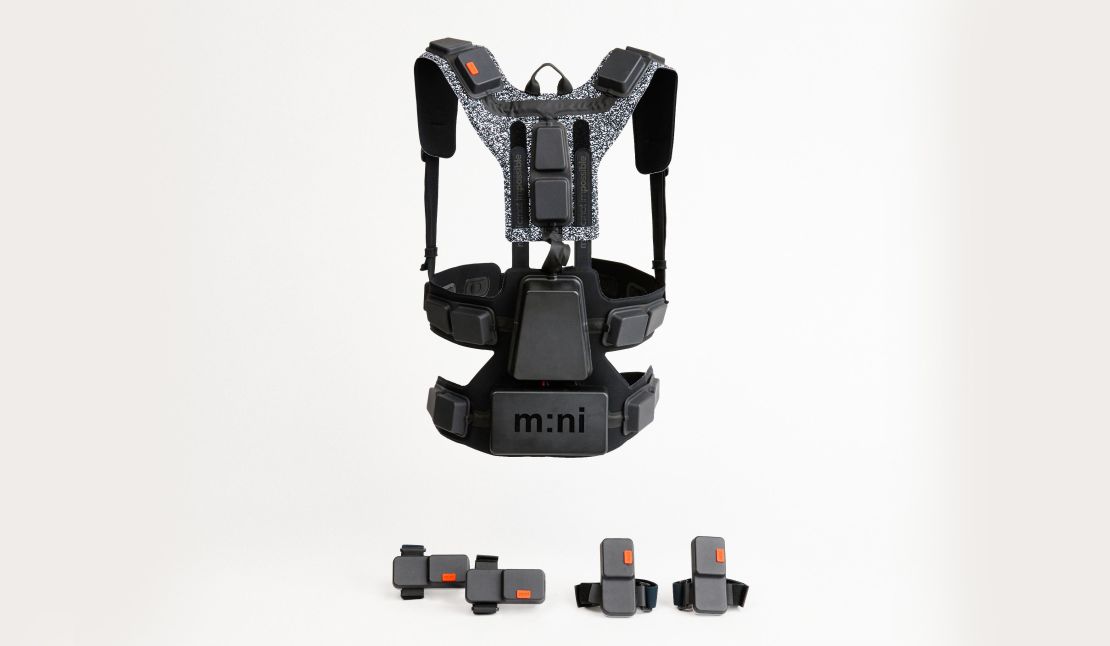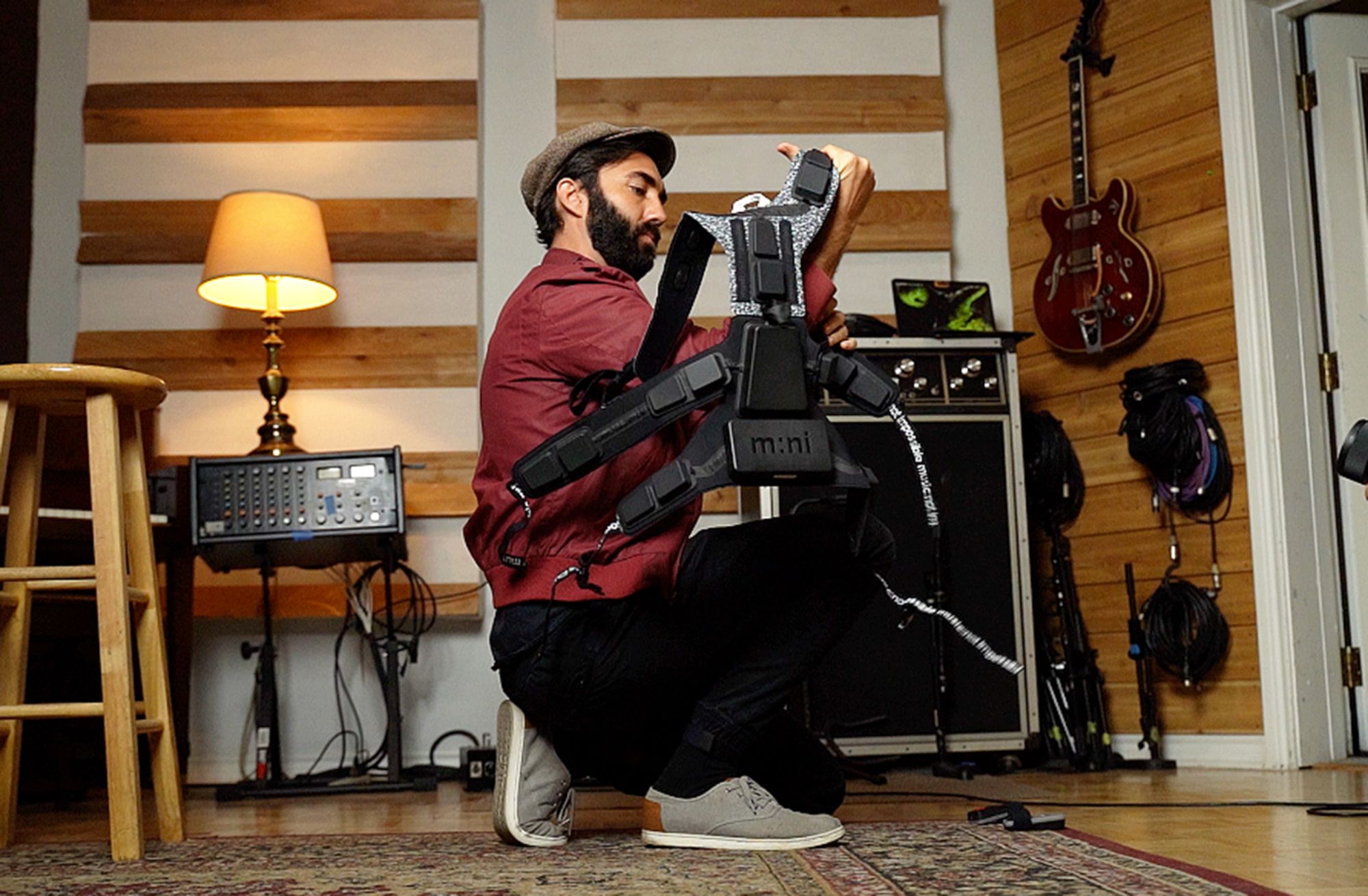Music is said to be a universal language. But for Chase Burton, a deaf filmmaker from Texas, music has always been a profoundly different experience.
“When I was a kid, I’d lie on the floor above our garage so I could feel the vibrations from my brother’s band rocking out below my body,” the 33-year-old told CNN. “That was one of the first times I began building a relationship with music.”
In 2016, his ability to experience music changed dramatically, thanks to California-based technology company Not Impossible Labs.
It designed a vibrating suit that enables deaf people to “feel” music through their skin. Consisting of a body harness, ankle and wrist straps, the device translates audio into a range of vibrating pulses that are felt at 24 contact points. Burton has been trialing the suit for four years.
“The sound hits different parts of your body,” said Burton. “Maybe it will strike me down in my ankles first. And then I’ll start to feel the vibrations in my back. And then I’ll feel some pulsations in my wrist.”

The creators want to extend the tactile musical experience beyond the deaf community. In 2018, they gave out 150 of the wearables at a rock concert in Las Vegas where half the audience members were deaf and half were hearing.
Since then, Not Impossible Labs has been working to improve the technology and says it’s ready to go to market soon. Eventually, the creators want the device to become a consumer product, accessible to all. The company’s talent and business development director, Jordan Richardson, told CNN that the technology could be incorporated into live sports broadcasts, video games, theme parks or museum installations.
“The newest digital steaming movie releases could have built in ‘vibe-tracks’ to ‘feel’ the movie,” he said. “We truly think that anything that has an audio element can also have a vibrational experience associated with it as well.”

As a writer and director who’s been working to make the movie world more inclusive – for his latest movie he hired an all-deaf crew and actors – Burton hopes that the vibrating suit will be available to his film audiences in the future.
He believes the device can enhance emotions while watching a movie – for hearing as well as deaf people. “I see the tech as a real opportunity to help people empathize better with the idea that music or movies doesn’t always need to be enjoyed through the ears.”
